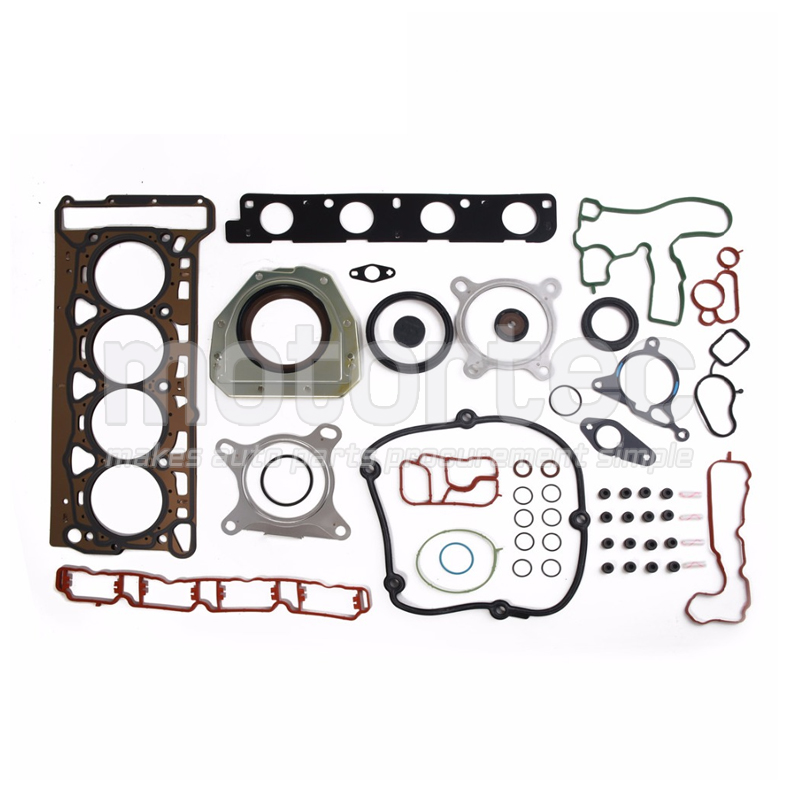
Maxus car gasket how often to replace
- Categories:Industrial
- Time of issue:2023-01-10 09:37
- Views:
Maxus car gasket how often to replace
Maxus automotive gaskets are generally replaced once every two years.

Maxus gaskets are mechanical seals between two objects and are usually used to prevent leakage between the two objects from pressure, corrosion, and the natural thermal expansion and contraction of the piping. Since machined surfaces cannot be perfect, gaskets are used to fill irregularities. Gaskets are usually made of sheet materials such as paper gaskets, rubber, silicone rubber, metal, cork, felt, neoprene, nitrile rubber, fiberglass, or plastic polymers such as Teflon. Application-specific gaskets may contain asbestos.
There is no fixed replacement time for this one. Gaskets are made of paper, rubber, or copper sheets placed between two flat surfaces to strengthen the sealing material, and are sealing elements set between static sealing surfaces to prevent fluid leakage.
As a professional Maxus auto spare parts dealer, we could provide our customers good and professional service.You are welcome to contact us at john@motortec.com.cn or find our CONTACTS page.
* Good quality auto parts with competitive price
* Professional auto parts packaging
* On-time delivery
Applicable Models

Contact us
MotorTec (Nanchang) Auto Parts Ltd.
Address: No. 102 building, No.1167 1st Fushan Road, Xiaolan Economic Development Zone, Nanchang City, Jiangxi Province
Whatsapp/Wechat: +86 189 7088 5876
E-Mail:john@motortec.com.cn
Copyright 2021 MotorTec (Nanchang) Auto Parts Ltd. All Rights Reserved 赣ICP备2021008218号 SEO

 +86 189 7088 5876
+86 189 7088 5876 



 E-mail
E-mail  SKYPE:+86 132 8589 2767
SKYPE:+86 132 8589 2767 